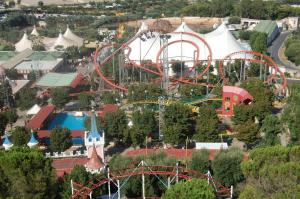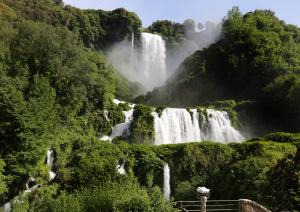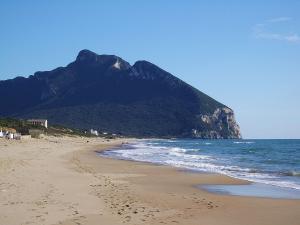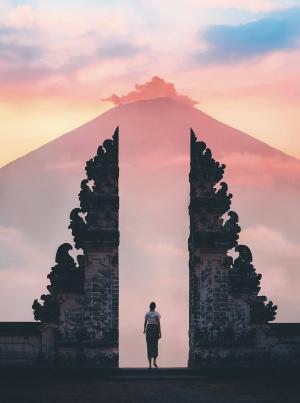Both during and since their operation as baths, they served as inspiration for many other notable buildings, ancient and modern, such as the Baths of Diocletian, the Basilica of Maxentius, the original Pennsylvania Station in New York City, Chicago Union Station and the Senate of Canada Building. Artworks recovered from the ruins include famous sculptures such as the Farnese Bull and the Farnese Hercules.
Baths of Caracalla
{{ state.name }} , {{ country.name }}
Overview
Both during and since their operation as baths, they served as inspiration for many other notable buildings, ancient and modern, such as the Baths of Diocletian, the Basilica of Maxentius, the original Pennsylvania Station in New York City, Chicago Union Station and the Senate of Canada Building. Artworks recovered from the ruins include famous sculptures such as the Farnese Bull and the Farnese Hercules.
things to do
attractions
Similar places in {{ country.name }}
Plan your trip to {{ country.name }}
Experience the best tours, attractions & activities you won’t want to miss.
Explore available trip & experience in {{ country.name }}
Enjoy up to 50% on hotels and restaurants in {{ country.name }}
Experience the best tours, attractions & activities you won’t want to miss.
Overview
In our recommendation of places to visit in {{ country.name }}, this Tourist Attractions in {{ city.name }}| Historical places in {{ city.name }}| Buildings in {{ city.name }}| leads the conversation. Baths of Caracalla is considered as one of the most important attraction in {{ city.name }}. For a Tourist Attractions in {{ city.name }}| Historical places in {{ city.name }}| Buildings in {{ city.name }}| it holds some of the most historic artifacts in {{ country.name }}. This maybe why it is considered the best Tourist Attractions in {{ country.name }}| Historical places in {{ country.name }}| Buildings in {{ country.name }}| by some of the residences. It is impossible to talk about sightseeing in {{ city.name }} or sightseeing in {{ country.name }} without talking about the Baths of Caracalla.
There are so many attractions in {{ country.name }} to visit when you are considering things to do in {{ country.name }} especially when you are looking at things to do in {{ city.name }}. So, if you are considering sightseeing in {{ city.name }} when you are around then this Tourist Attractions in {{ country.name }}| Historical places in {{ country.name }}| Buildings in {{ country.name }}| should be top on your list. {{ city.name }} on its own is seeing as one of the top cities in {{ country.name }} when you are looking for things to do in {{ country.name }}. Which is why we are not surprised with this Tourist Attractions in {{ country.name }}| Historical places in {{ country.name }}| Buildings in {{ country.name }}| , {{ country.name }} is seen as one of the most popular in the country. There are other places to go in {{ city.name }}, however, this place remains one of the most popular amongst tourists. There is no tour guide comprising of places to visit in {{ country.name }} that doesn’t have the Baths of Caracalla.

















